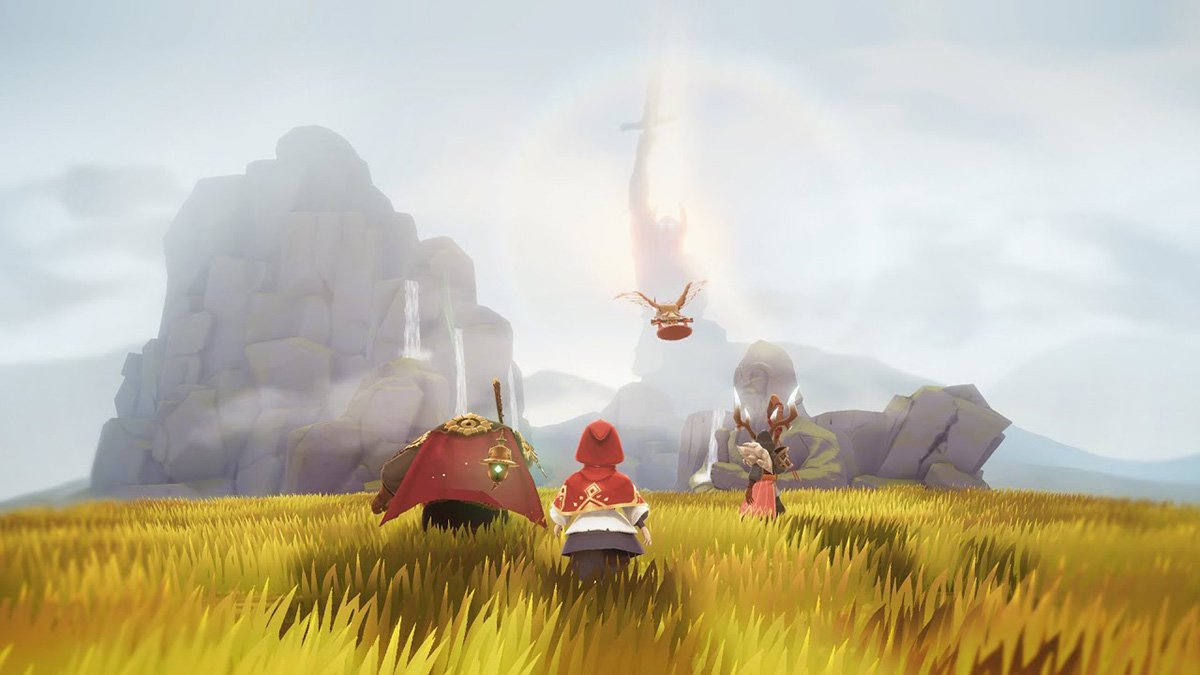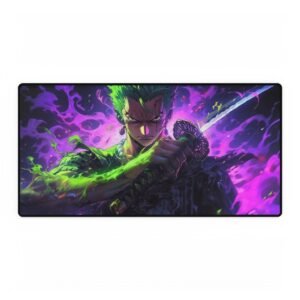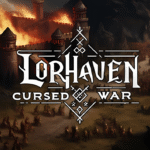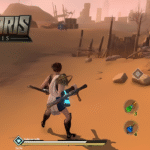Upon first encountering Souls, its captivating visuals immediately cast a spell. Habby’s recent mobile release boasts meticulously crafted 3D graphics and dazzling special effects. This initial impression, set against the backdrop of an enigmatic fantasy world, can easily entice players to dive in.
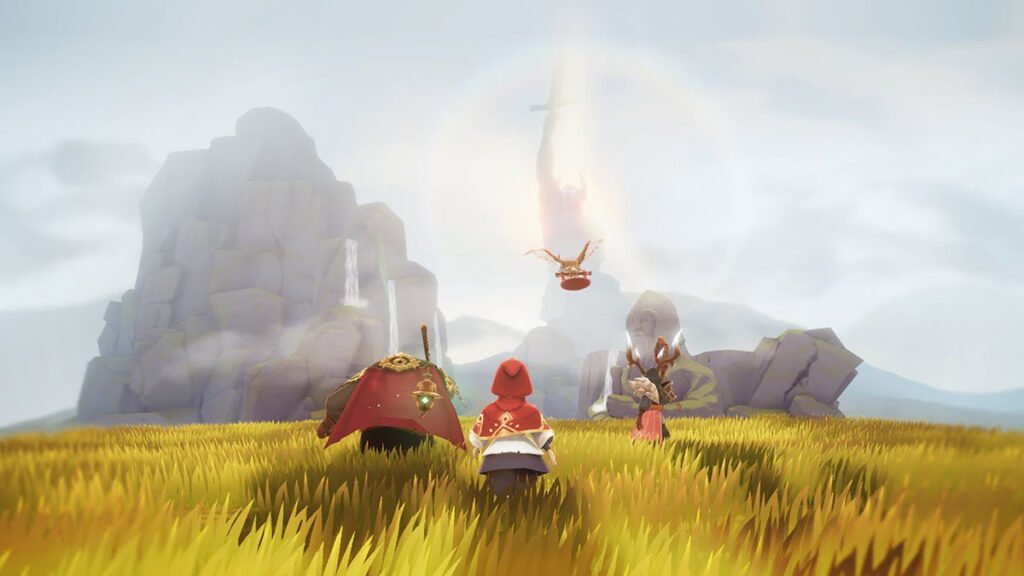
Aesthetics That Set the Stage
The game’s commitment to artistic excellence doesn’t waver. Even the login screen functions as the main menu, showcasing your central character and guides amidst a breathtaking expanse. This immersive scene evolves with your progress through the storyline – a testament to the developers’ attention to detail.
A Familiar Narrative Framework
In Souls, you step into the role of an unnamed warrior, forged by the will of legendary heroes now corrupted by seven nefarious overlords. Guided by the sage Azuma and the spatial mage Dario, your mission is to vanquish these overlords and free the imprisoned heroes. Aiding you in this quest is a trusty avian companion who helps gather resources.
The game’s narrative is presented succinctly, primarily through Azuma’s initial exposition. This suggests a focus on gameplay mechanics over elaborate storytelling.
Gameplay: Strategic Simplicity
While at first glance Souls might appear to be an action-RPG, it reveals itself as a turn-based card battler. This departure from expectations is not necessarily a drawback; the gameplay is streamlined and accessible.



The core campaign follows a familiar stage-based progression. Chapters contain 10-50 stages, with boss encounters every five stages and a final boss capping off each chapter. Resource gathering is simplified through a companion bird that periodically offers valuable materials.
Hero acquisition occurs through missions or the classic ‘gacha’ system. Rarity is denoted by stars, with colors being less significant. Souls allows for the upgrading of heroes, with a white 5-star hero evolving into a gold 1-star, and so on (up to purple).
Interestingly, Souls classifies heroes by both class (Agility, Strength, Arcane) and role (Support, Tank, Damage). This adds a layer of strategic depth, as gear is also class-specific. The game adeptly addresses the issue of low-level hero overabundance through ‘recycling’ mechanics, allowing you to exchange weaker heroes for materials or merge them to power up higher-level ones.
Pros, Cons, and Pacing



Souls’ activities tend to unlock gradually with progression, which can make the early stages seem somewhat limited in scope. Familiar modes such as arena battles and an endless tower are present. The ‘Abyssal Depths’ exploration mode offers a touch of novelty but ultimately boils down to a grid-based treasure hunt.
The design feels geared towards players with limited time. Resource accumulation is necessary for progression, but your team’s power often gets outpaced by the difficulty curve. This encourages a playstyle of bursts with breaks, allowing resources to replenish. Dedicated players may find this pacing frustrating. Naturally, spending can circumvent this restriction.
The Verdict
Souls stands out as a visual masterpiece, particularly for a mobile title. Its core gameplay is straightforward, making it easy to grasp. While the narrative takes a backseat, the hero system offers tactical depth. Players seeking a dazzling experience with moderate playtime requirements will find Souls appealing. However, those craving complex stories or relentless grinding may want to look elsewhere.
Download game: Android – APK – iOS
See more games in the Game Recommendation section here.

